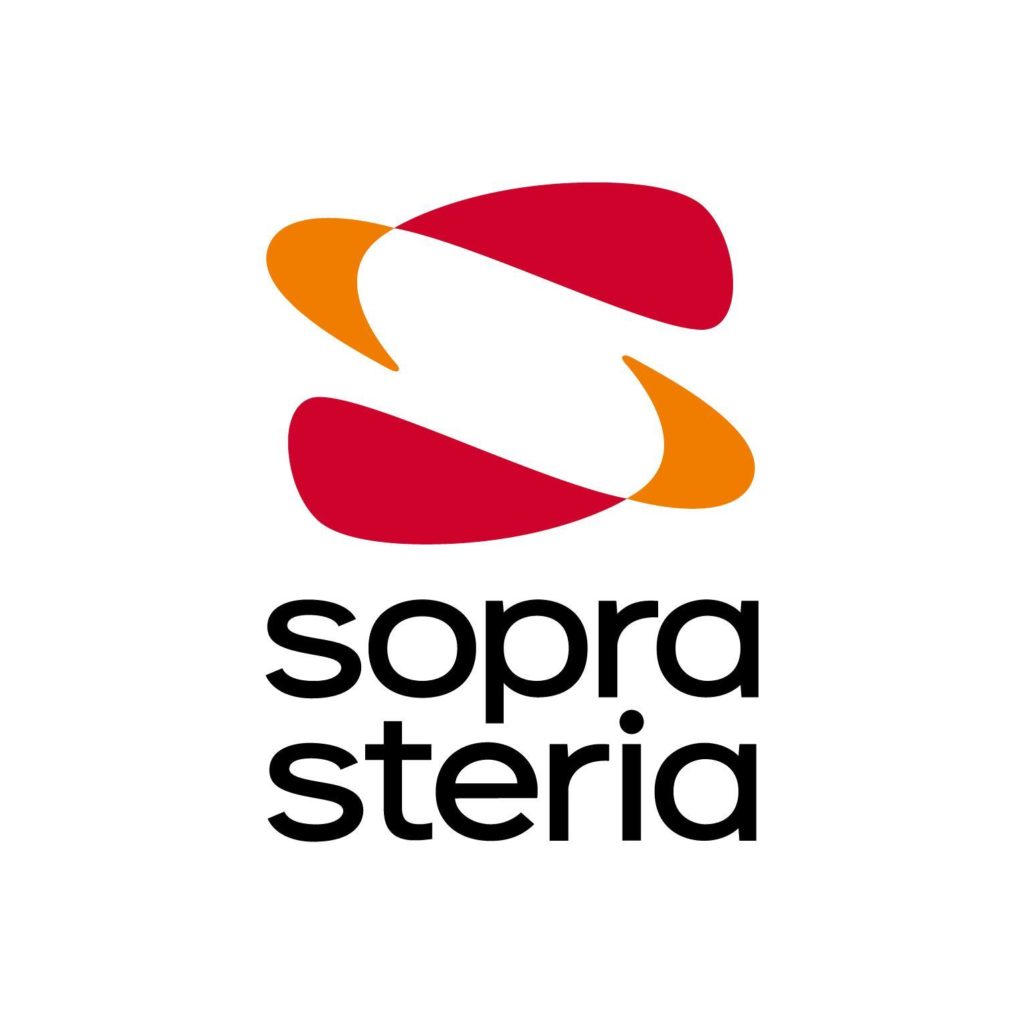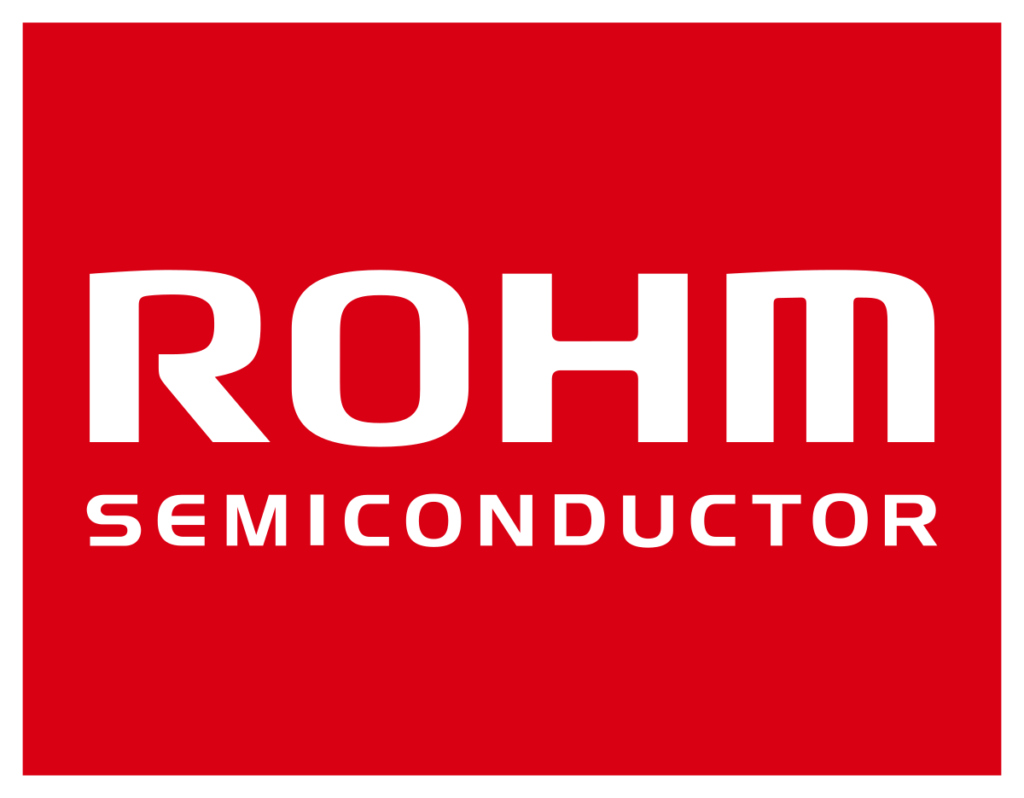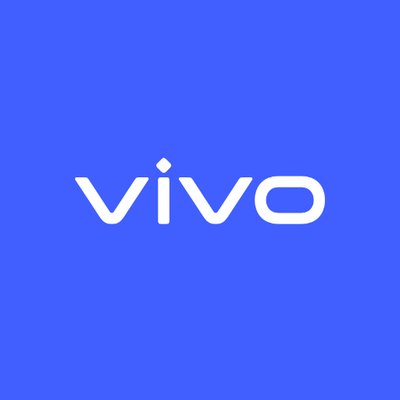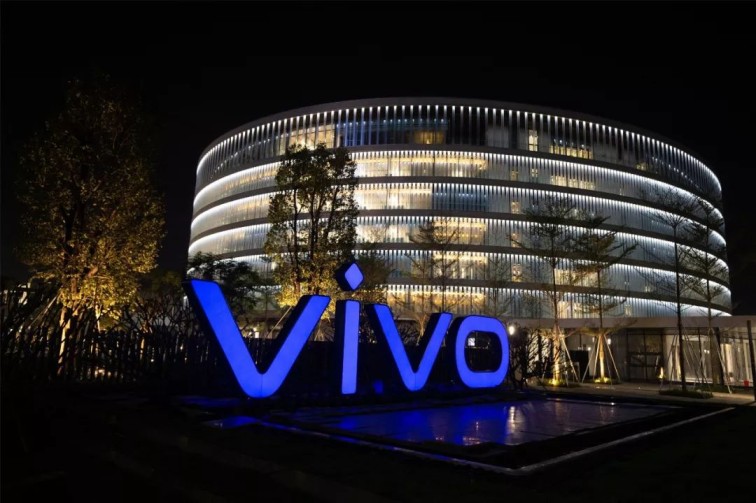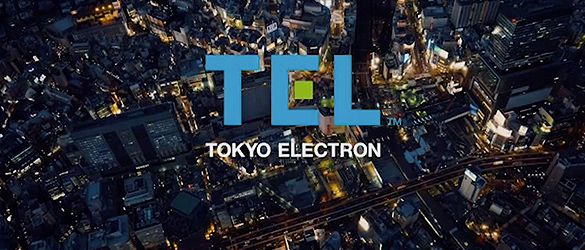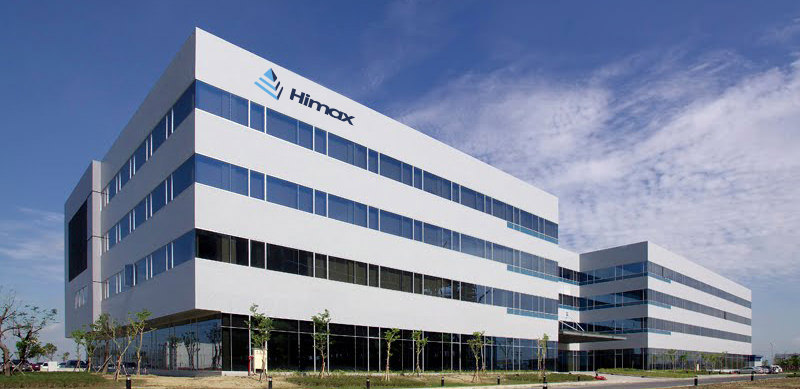Sopra Steria: The Major French Software Consulting Service Company.
Sopra Steria Group is a France-based software consulting service company, with its service offices established in different parts of the world. With 50 plus years of experience, Sopra Steria has been offering its in-depth knowledge to companies that require software solutions for their growth. The company follows the motto of “Delivering Transformation Together” and has been making means of IT to offer its customers the best possible services. It is known for its IT consulting and management service along with its banking and HR software solutions.
A Brief Introduction
Sopra Steria is a management consulting and software solution firm that deals in three major categories; Sopra Steria Consulting, Sopra Banking Software, and Sopra HR software. The company has clients all over the world and has established dedicated offices in different parts of the globe to assist its international clients better. As of 2020, the recorded company revenue was €4.262 billion. The total number of employees working globally for the company is 46,000. The company’s headquarter is located in Paris, France.
The Foundational Story of Sopra Steria
Sopra Steria is a resultant of the merger of two big IT companies, Sopra and Steria. The merger took place in 2014, before that, Sopra was an independent IT service company founded in 1968. On the other hand, Steria also came into being in 1969, a year after Sopra.
After its inception in 1972, Sopra came with its first banking platform. Eventually, the platform became very popular and helped Sopra make its name in the IT service industry. In 1986, the company won a contract from the French Ministry of the Interior for another major IT project. In 1990, the company was listed on the Paris stock exchange. In the next ten years, Sopra started to expand to other countries, including the U.K., Germany, Italy, and Spain. During the same time, Sopra introduced its new and powerful management software known as EVOLAN suite.
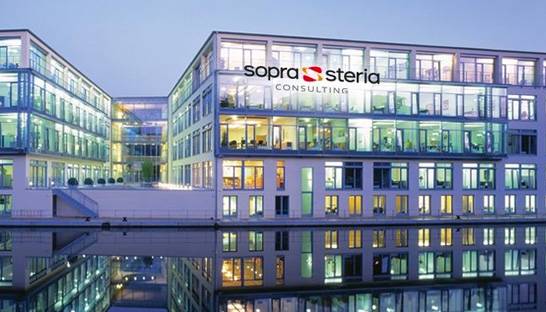
Starting from 2000, the company went on to acquire some of the consulting firms based in different countries to expand its operations. These firms include names like Orga Consultants, Inforsud Ingénierie, Viewlocity, Cyclone Commerce, and Tumbleweed Communications, etc. In 2005, Sopra established its various centers in Europe and India. In the year 2014, Sopra partnered with La Banque Postale to build a new revamped banking software.
The Back History of Steria
Steria as mentioned before was founded a year after Sopra. The company introduced its first software a text processing system in 1973, to enable Agence France-Presse to computerize its all operations. By the year 1981, the company had launched some other software as well including Minitel. With Steria’s automation project, the company entered into the transport and mobility industry in 1987.
In 1994, Steria created a banking system for the French banks to carry out interbank payments. The company entered the Indian market after it acquired the IIS Infotech based in Delhi in 1997. In 1999, Steria went public on the Paris stock exchange. The year 2000 onwards were great for the company as it acquired a few major consulting businesses in France, including Experian, Tecsi, Equip. Its international acquisitions of that time include Mummert Consulting, Newell & Budge, Xansa, and PROFit. Steria, in 2007, won the biggest national project from the French Ministry of Finance.
The Merger
On 8 April 2014, Sopra and Steria announced that they have come together to form the Sopra Steria Group. The two announced that both have joined their hands as they intend to become the European leader in digital services. The merger was completed on 31 December 2014. The deal was the exchange of one Sopra share for four Steria shares, and the group ultimately was called the Sopra Steria Group.
The CEO: Vincent Paris
Vincent Paris is serving as the CEO of Sopra Steria Group. He has a long history with the Sopra Group, as he joined the Sopra Group in 1987, soon after he graduated from the prestigious École Polytechnique. Since then, Paris has served the company in several different leadership positions. Before becoming the CEO of Sopra Steria Group, he handled the important posts of Director of French operations and Deputy CEO of Sopra. He is also a member of the Executive Committee of the company for the past ten years.

Yashica is a Software Engineer turned Content Writer, who loves to write on social causes and expertise in writing technical stuff. She loves to watch movies and explore new places. She believes that you need to live once before you die. So experimenting with her life and career choices, she is trying to live her life to the fullest.
